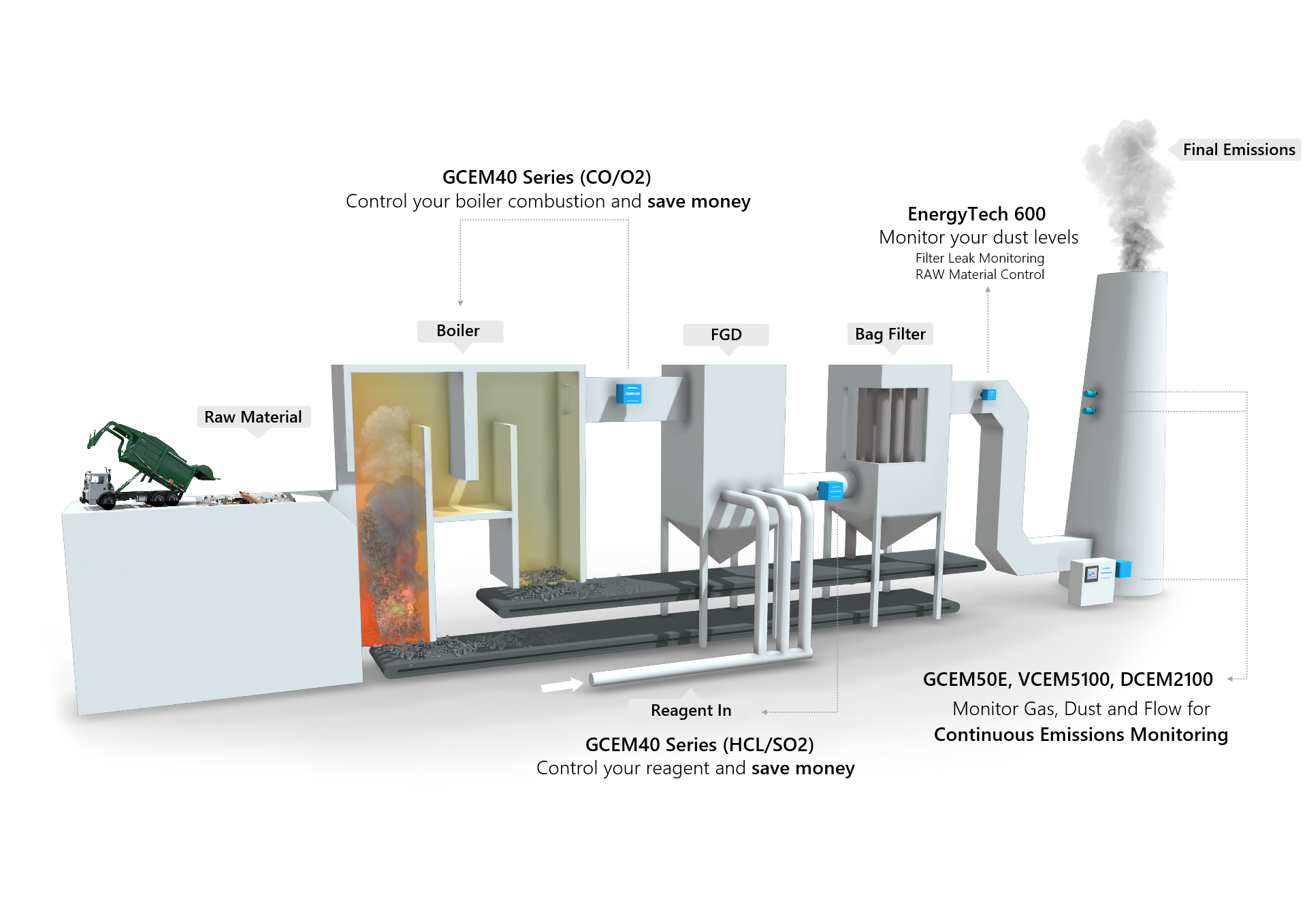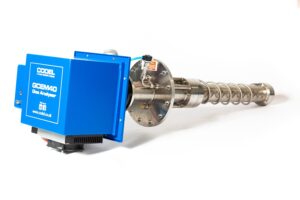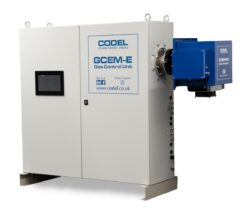Waste to Energy (WtE and EfW)

Отходы в энергию
Заводы по переработке отходов в энергию (WTE), также известные как «Энергия из отходов» (EfW), преобразуют неперерабатываемые отходы в электроэнергию, способствуя устойчивости и сокращая использование свалок. Благодаря эффективному сжиганию эти заводы генерируют пар для питания турбин, производя возобновляемую энергию и повторно используя избыточное тепло для местного использования.
Часто называемые установками рекуперации энергии или комбинированными теплоэлектростанциями, объекты WTE являются углеродно-отрицательными, предлагая более чистую альтернативу угольным установкам и захоронению на свалках. Они значительно сокращают вредные выбросы, такие как оксиды азота, оксиды серы и твердые частицы, благодаря передовым технологиям контроля загрязнения, таким как скрубберы и рукавные фильтры.
Заводы WTE находятся на переднем крае устойчивого управления отходами, поставляя возобновляемую энергию, одновременно борясь с изменением климата и обеспечивая более здоровую окружающую среду.
Зачем контролировать выбросы на заводе по переработке отходов в энергию?
Экономия средств
Мониторинг уровней SO₂ и HCl на входе системы десульфурации дымовых газов (FGD) имеет решающее значение для точного управления сорбентами. Оптимизируя дозировку сорбента, операторы минимизируют избыточное использование, что приводит к экономии средств и улучшению экологической устойчивости. Этот проактивный подход повышает эксплуатационную эффективность и сокращает ненужные расходы. Такие приборы, как CODEL GCEM 40, обеспечивают точный и надежный мониторинг для получения оптимальных результатов.
Эксплуатационная эффективность:
Эффективные поглотители имеют решающее значение для заводов Waste to Energy (WtE). Точный контроль процесса, включая точное смешивание топлива и измерения в реальном времени, обеспечивает максимальную производительность поглотителя. Смешивая топливо для получения HCl на уровнях, которые повышают поглощение SO₂ в скрубберах, заводы WtE достигают большей эффективности и поддерживают соответствие экологическим стандартам.
Решение экологических проблем
Выбросы кислых газов, таких как HCl и SO₂, представляют собой существенные экологические проблемы в операциях WtE. Поглотители, использующие щелочные вещества, такие как известь или бикарбонат натрия, нейтрализуют эти газы, преобразуя их в менее вредные соединения. Этот процесс жизненно важен для соблюдения строгих экологических норм, обеспечения качества воздуха и защиты здоровья населения.
Зачем использовать CODEL для мониторинга вашей энергии из отходов
В CODEL мы специализируемся на поддержке заводов по переработке отходов в энергию (WtE) с помощью передовых решений по мониторингу выбросов, разработанных для удовлетворения уникальных требований операций по восстановлению энергии. Наши системы, такие как CODEL GCEM 40, обеспечивают точные измерения в реальном времени критических загрязняющих веществ, таких как SO₂ и HCl, что позволяет оптимизировать управление сорбентами, снизить эксплуатационные расходы и повысить эффективность процесса.
Гарантируя соответствие строгим экологическим нормам, CODEL помогает заводам WtE решать ключевые проблемы, такие как выбросы кислотных газов, одновременно способствуя устойчивому производству энергии. Благодаря нашей надежной технологии мониторинга ваш завод может достичь более высокой эксплуатационной производительности, обеспечить качество воздуха и способствовать созданию более чистой и здоровой окружающей среды.
Download our EFW Specific brochure here:
Подходящие продукты
Анализатор GCEM40 — это экономичный, не требующий обслуживания прибор, предназначенный как для управления технологическими процессами, так и для мониторинга выбросов.
CO, NOx, SO2, HCl, CH4, CO2 и H2O
Горячий пробоотборный многоканальный газоанализатор GCEM40E — это проверенный промышленностью непрерывный монитор выбросов CODEL для сложных условий эксплуатации.
CO, NOx, SO2, HCl, CH4, CO2 и H2O
Задать вопрос
Для получения дополнительной информации о любом из наших продуктов, пожалуйста, заполните форму запроса, и сотрудник ответит вам в кратчайшие сроки.
Вы также можете позвонить по телефону: +44(0)1629 814351




